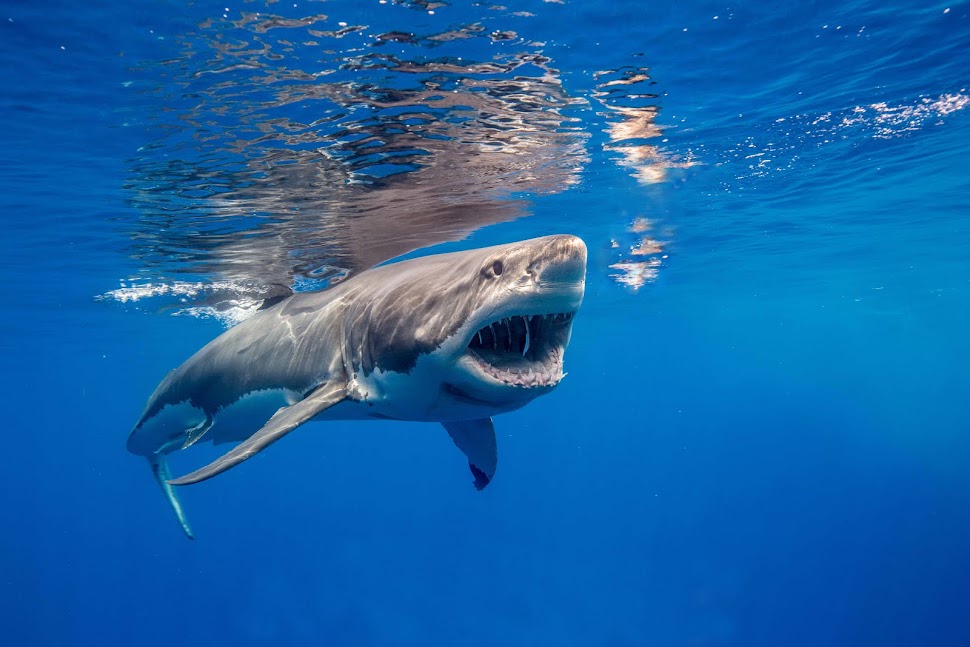Riaan Engelbrecht has been a very busy South African white shark fishing machine going back to 2009.
He's also the owner of South Africa's Extreme Fishing.
Targeting white sharks in South Africa his Facebook site reads like a one man ecological disaster for animals that are supposed to be protected in his home waters.
As the owner of Extreme Fishing you might think that Riaan is aware of the protected status of white sharks. Perhaps he is, or perhaps the four images he recently posted of different white sharks stranded on local beaches with his smiling face are just a fluke, an accident, and not a targeted trophy fishery.
We have been here before, last month, when the conservation world became outraged at the sight of another white shark harvested by trophy seeking locals with little regard to the health and welfare of the animals they sought.
 It's officially a problem when you discover a guy like Riaan Engelbrecht who posts four white sharks with the title "Tight Lines" on his Facebook site with no media backlash, no government intervention, and no conservation push back.
It's officially a problem when you discover a guy like Riaan Engelbrecht who posts four white sharks with the title "Tight Lines" on his Facebook site with no media backlash, no government intervention, and no conservation push back. We said it last month when the first locally white shark was caught and photographed, a rally call for local shark conservationists.
Here is our post again and perhaps this time these images can motivate those who claim to love sharks into action:
Wolfgang Leander, the wizened sage of the shark conservation movement, has been raising awareness about the tragic S.A shark disappearing act for several years now and yet it still happens, and now we have the visual proof to back his many blog posts up.
 So before one more so called shark conservationist in S.A stands
up to cry about sharks, before we are subjected to another pretty You
Tube video from S.A featuring a bimbette riding the fin of a now dead
and poached Tiger shark, let's get real about shark conservation.
So before one more so called shark conservationist in S.A stands
up to cry about sharks, before we are subjected to another pretty You
Tube video from S.A featuring a bimbette riding the fin of a now dead
and poached Tiger shark, let's get real about shark conservation.It starts with this guy and a call for prosecution, the ensuing media madness, and a follow through to see that it is done. This cannot stand.
We understand that S.A is a world away from conservation norms, but to those who would claim that they are the leaders of any conservation movement with sharks in S.A we say "show us what you got".
It's your backyard and this guy just took a great big dump in it.
For these many white sharks at least - time has run out.
Update: The South African Shark Conservancy is on the case and looks like they know a range of illegal fishermen, fishing groups and websites promoting illegal white shark catches in South Africa. Their Facebook site has all the details, if you can support or help their ongoing investigations in any way please contact them it is time to put an end to trophy white shark fishing in S.A and it starts with some media pressure.
































